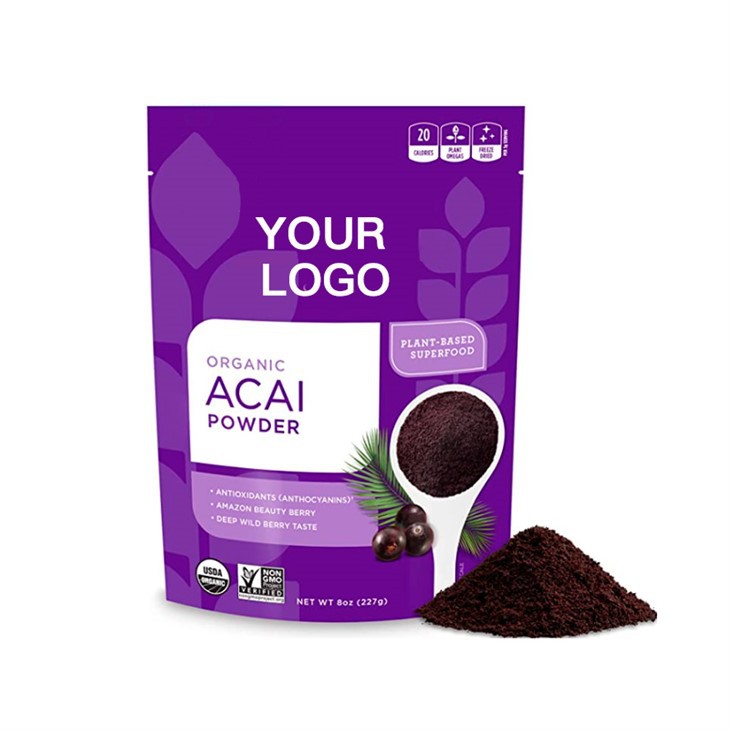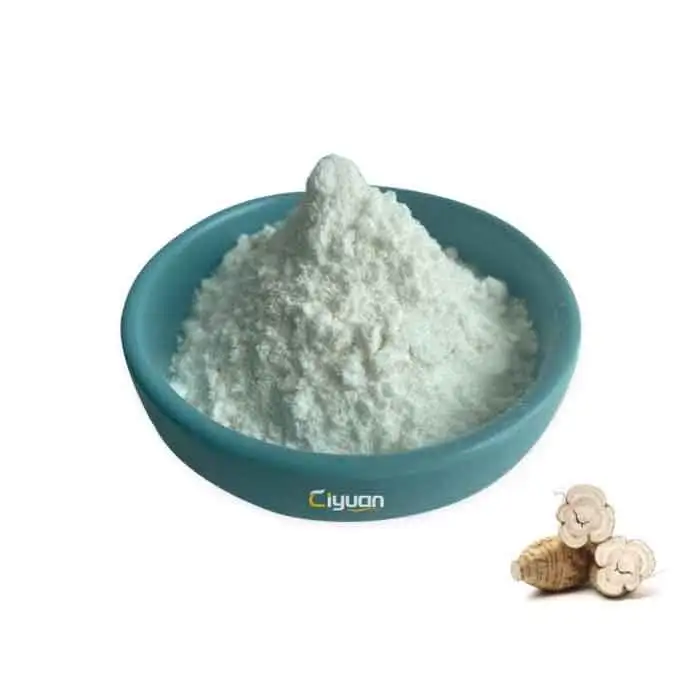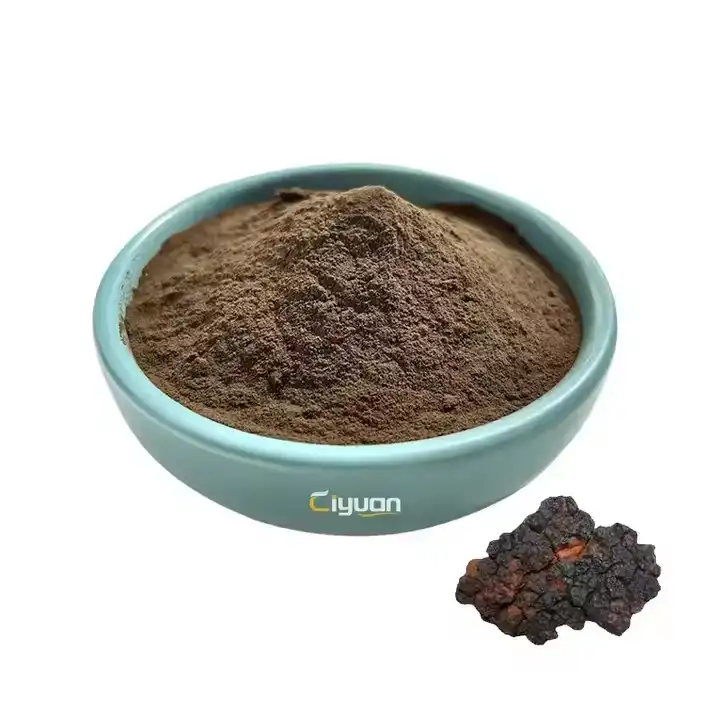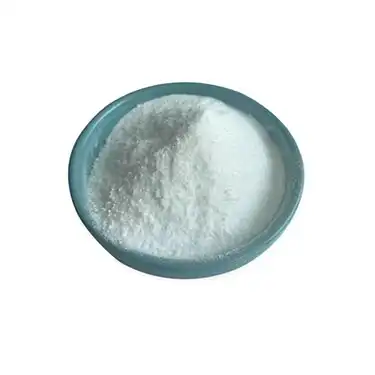What is Pueraria root extract?

Derived from the roots of the Pueraria lobata plant, also known as kudzu, Pueraria root extract has been utilized for centuries in various cultures, particularly in East Asia, for its purported health benefits. In recent years, it has gained significant attention in the wellness and skincare industries due to its diverse properties and potential applications. In this comprehensive overview, we delve into the origins, composition, uses, and scientific research surrounding It.

Origins and Composition:

It originates from the root of the Pueraria lobata plant, a climbing vine native to East Asia, particularly China, Japan, and Korea. The plant belongs to the Fabaceae family and is characterized by its rapid growth and ability to thrive in various environmental conditions.
The extract is obtained through a process of extraction, typically using water or alcohol, to isolate the bioactive compounds present in the root. These compounds include flavonoids, isoflavones, saponins, and various other phytochemicals, each contributing to the extract's therapeutic properties.
COA

|
ITEM |
STANDARD |
TEST RESULT |
TEST METHOD |
|
Isoflavones |
≥40% |
40.5% |
HPLC |
|
Physical & Chemical |
|
||
|
Appearance |
White Fine Powder |
Complies |
Visual |
|
Odor & Taste |
Characteristic |
Characteristic |
Organoleptic |
|
Particle Size |
98% through 80mesh |
Complies |
USP<786> |
|
Loss on drying |
≤5.0% |
2.25% |
USP<731> |
|
Ash |
≤5.0% |
2.78% |
USP<281> |
|
Heavy Metal |
|
||
|
Pb |
≤2.0ppm |
0.290ppm |
ICP-MS |
|
As |
≤2.0ppm |
0.315ppm |
ICP-MS |
|
Cd |
≤1.0ppm |
0.238ppm |
ICP-MS |
|
Hg |
≤0.5ppm |
0.072ppm |
ICP-MS |
|
Microbiological Test |
|
||
|
Total Plate Count |
≤1,000cfu/g |
<300cfu/g |
AOAC |
|
Yeast & Mold |
≤100cfu/g |
<48cfu/g |
AOAC |
|
E.Coli |
Negative |
Complies |
AOAC |
|
Salmonella |
Negative |
Complies |
AOAC |
|
Conclusion: Conform with specification |
|||
Key Components:

1. Isoflavones: pueraria root powder is rich in isoflavones, particularly daidzein and genistein. These compounds exhibit antioxidant properties and have been studied for their potential to support cardiovascular health and hormonal balance.
2. Flavonoids: Flavonoids are polyphenolic compounds found in plants, known for their antioxidant and anti-inflammatory effects. pueraria extract contains various flavonoids, such as puerarin, which may contribute to its medicinal properties.
3. Saponins: Saponins are glycosides with foaming properties, often found in plants. It contains saponins with potential health benefits, including immune modulation and anti-inflammatory effects.
4. Polyphenols: Polyphenols are micronutrients with antioxidant properties, abundant in plant-based foods. It contains polyphenolic compounds that may contribute to its antioxidant and anti-aging effects.
Uses and Applications:

pueraria root powder has a wide range of uses and applications across various industries, including:
1. Traditional Medicine: In traditional Chinese medicine (TCM), It has been used for its purported medicinal properties, including promoting circulation, relieving muscle pain, and supporting overall health.
2. Supplements: It is commonly used as a dietary supplement, available in capsule or powder form. It is often marketed for its potential to support cardiovascular health, hormonal balance, and overall well-being.
3. Skincare: Due to its antioxidant and anti-inflammatory properties, It is a popular ingredient in skincare products. It is believed to help improve skin texture, reduce the appearance of wrinkles, and protect against environmental damage.
4. Cosmetics: It is also used in cosmetics and personal care products for its purported skin-rejuvenating effects. It may be found in various formulations, including creams, serums, and masks.
5. Functional Foods: With growing consumer interest in natural and functional foods, It is being incorporated into food and beverage products for its potential health benefits. It may be added to functional beverages, snacks, and supplements.
Scientific Research:

While pueraria powder has been used for centuries in traditional medicine, scientific research on its efficacy and safety is ongoing. Some key areas of research include:
1. Cardiovascular Health: Several studies have explored the potential cardiovascular benefits of It, including its effects on blood pressure, cholesterol levels, and arterial function. Results suggest that certain compounds in the extract may help support heart health, though more research is needed to confirm these findings.
2. Menopausal Symptoms: Isoflavones found in It have been studied for their potential to alleviate menopausal symptoms, such as hot flashes and night sweats. While some studies have shown promising results, further research is required to determine their effectiveness and safety.
3. Skin Health: In skincare research, pueraria extract has been investigated for its antioxidant, anti-inflammatory, and collagen-boosting properties. Preliminary studies suggest that it may help improve skin elasticity, hydration, and overall appearance, though more clinical trials are needed to validate these findings.
4. Neuroprotection: Some animal studies have suggested that It may have neuroprotective effects, potentially reducing the risk of neurodegenerative diseases such as Alzheimer's and Parkinson's. However, human studies are limited, and more research is needed to elucidate its mechanisms and therapeutic potential.
5. Metabolic Health: Research indicates that certain compounds in It may have beneficial effects on metabolic health, including glucose regulation and insulin sensitivity. These findings suggest a potential role in the prevention and management of metabolic disorders such as diabetes and obesity.
Conclusion:

Pueraria root extract, derived from the roots of the Pueraria lobata plant, holds promise as a natural remedy with various potential health benefits. From traditional medicine to modern skincare and supplements, its versatility and therapeutic properties make it a valuable ingredient in a wide range of products. While scientific research on its efficacy and safety continues to evolve, preliminary findings suggest promising applications in cardiovascular health, skincare, menopausal support, neuroprotection, and metabolic health. As interest in natural remedies and botanical extracts grows, It remains a subject of exploration and innovation in the quest for holistic wellness. However, it is essential to exercise caution, consult with healthcare professionals, and prioritize evidence-based practices when incorporating It into one's health regimen.

Package

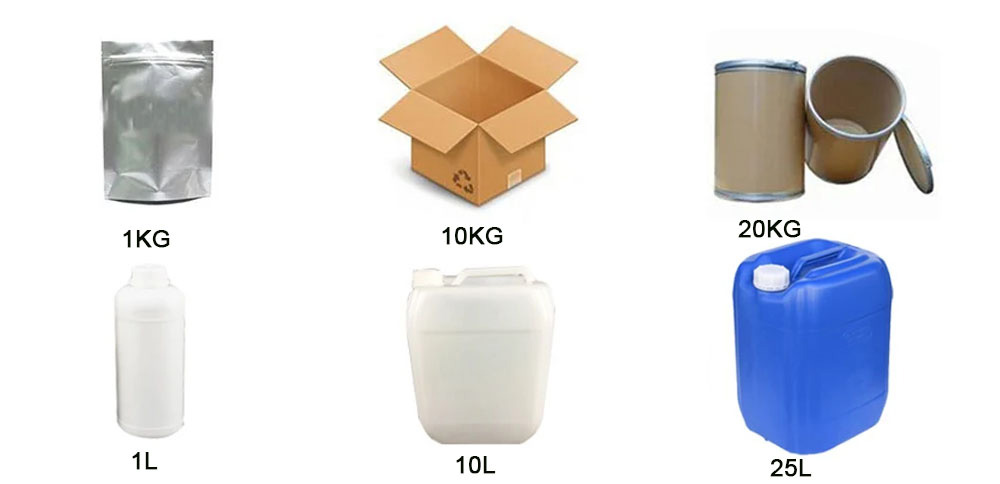
Customer Feedback


Exhibitions



